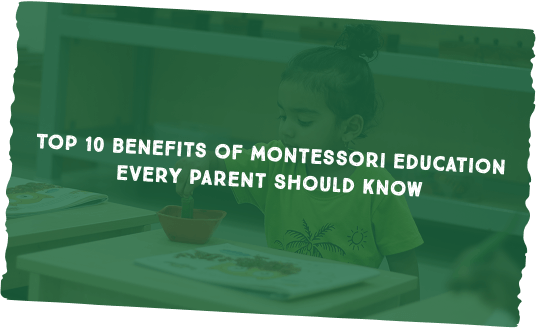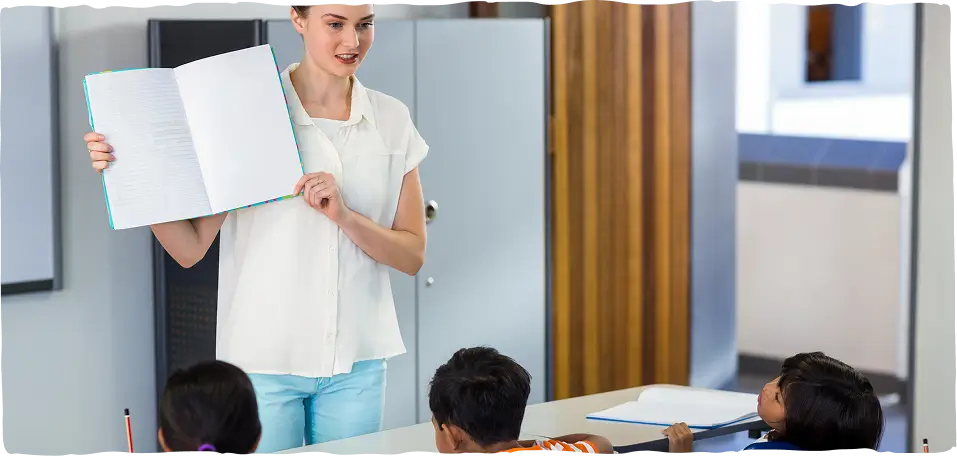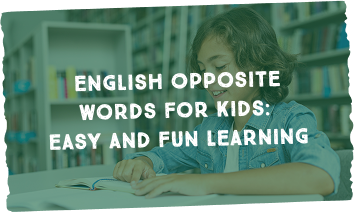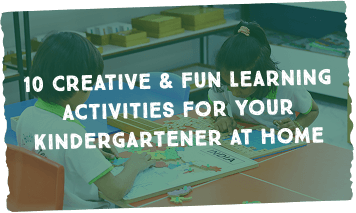Choosing the right educational approach for your child is one of the most important decisions a parent can make. Many parents often ask about the difference between Montessori and traditional education, as it can significantly influence a child’s early development, learning habits, and love for learning. By understanding the key differences between these two approaches, parents can make a choice that best fits their child’s unique needs and personality.
Montessori education, developed by Dr. Maria Montessori, centers on the child’s initiative. Its foundation lies in fostering independence, creativity, and self-motivation. In a Montessori classroom, children are encouraged to explore materials and activities at their own pace. Teachers act as guides rather than conventional instructors, allowing children to make choices and learn through hands-on experiences.
One of the main principles of Montessori education is that children learn best when they are actively engaged. Classrooms are carefully prepared with materials that promote sensory, cognitive, and social development. Children learn through observation, experimentation, and discovery, which helps them develop critical thinking and problem-solving skills from an early age.
Traditional education is teacher-directed, following a fixed curriculum. Lessons are scheduled and guided by the teacher, with progress monitored through tests and assignments. Teachers lead the classroom, deliver lessons, and often use assessments such as tests and quizzes to track progress.
Traditional education emphasizes academic achievement and structured learning. It provides a consistent routine and focuses on measurable outcomes. While this method is effective for introducing children to core subjects like math, reading, and writing, it may offer fewer opportunities for creativity and self-directed learning compared to Montessori education.
When comparing traditional vs Montessori, several differences become clear:
Understanding the difference between Montessori education and traditional education helps parents see which environment might better suit their child’s learning style and personality.
Both educational approaches have their unique advantages, and comparing the benefits of Montessori vs traditional education can help parents make informed choices.
For many parents, the choice between Montessori and traditional education comes down to whether they prioritize self-directed learning or structured academics. Montessori classrooms often nurture a love for learning and adaptability, while traditional classrooms provide clear guidance and discipline.
The difference between Montessori and traditional teaching lies mainly in the role of the teacher and how children engage with learning materials.
This distinction highlights why traditional vs Montessori education can result in very different learning experiences. Montessori education emphasizes active participation and independence, whereas traditional education focuses on obedience, structure, and curriculum mastery.
Another important aspect of the difference between Montessori and traditional method is their approach to social and emotional learning. Montessori classrooms encourage children to interact respectfully, collaborate on projects, and develop empathy. The environment is designed to help children learn social skills naturally, as they manage responsibilities and resolve conflicts.
In traditional classrooms, social development is often secondary to academic goals. While children still interact with peers, opportunities for independent decision-making or self-paced collaboration may be limited.
Ultimately, understanding the difference between Montessori and traditional education allows parents to make choices that cater to their child’s needs. Some children thrive in the structured environment of traditional education, while others flourish in the self-directed and exploratory Montessori setting.
Many schools blend approaches, combining clear guidance with opportunities for independence, fostering both academic skills and personal growth.
When evaluating schools, parents should consider:






